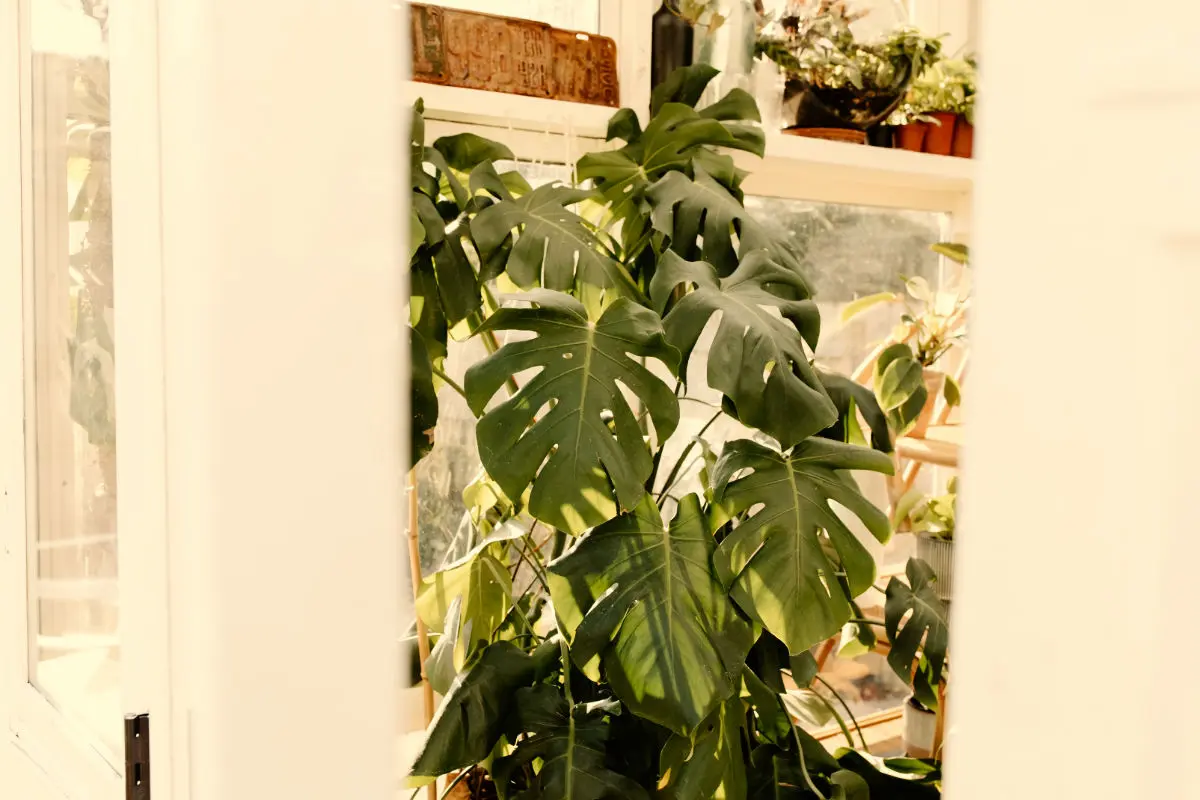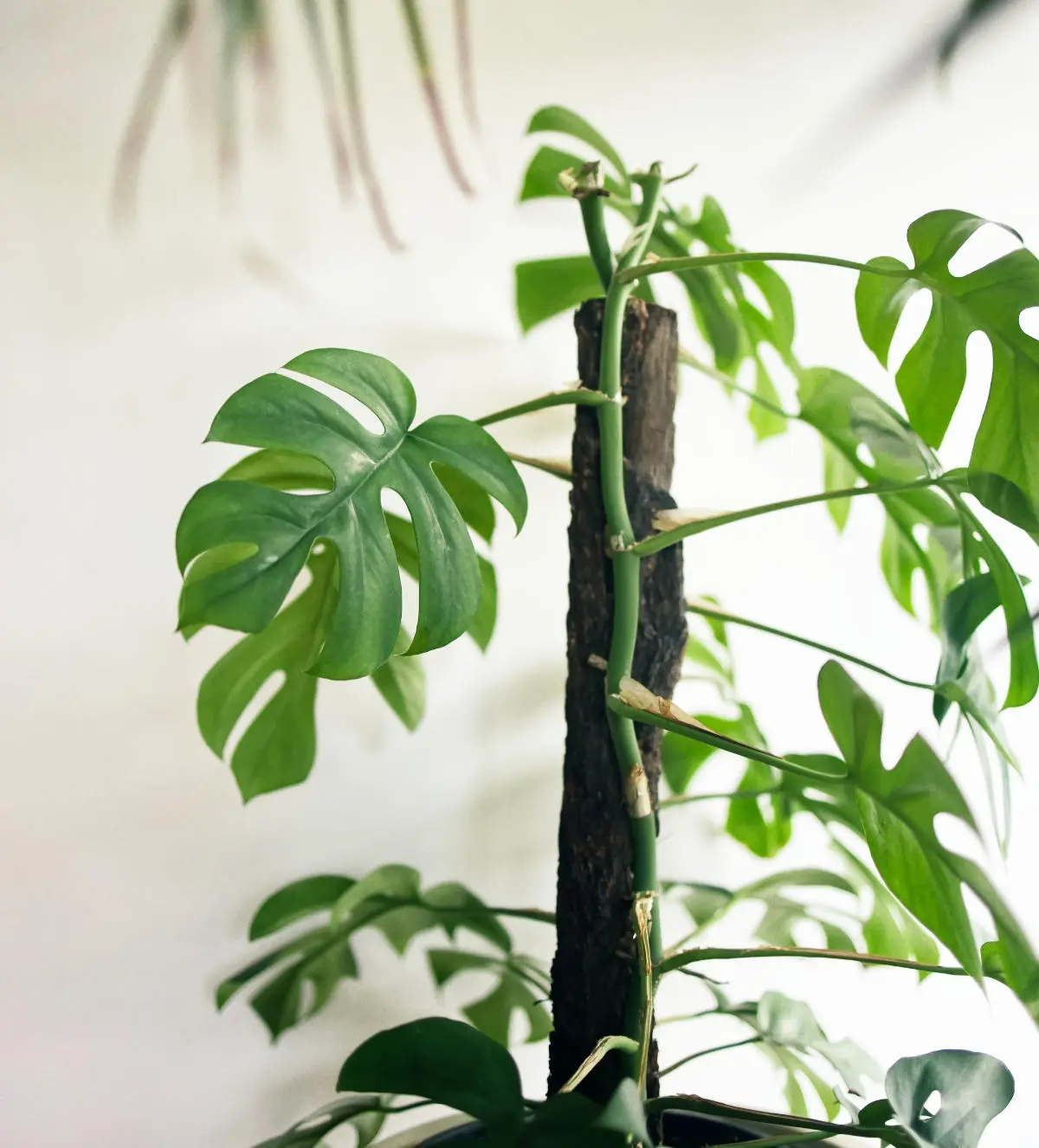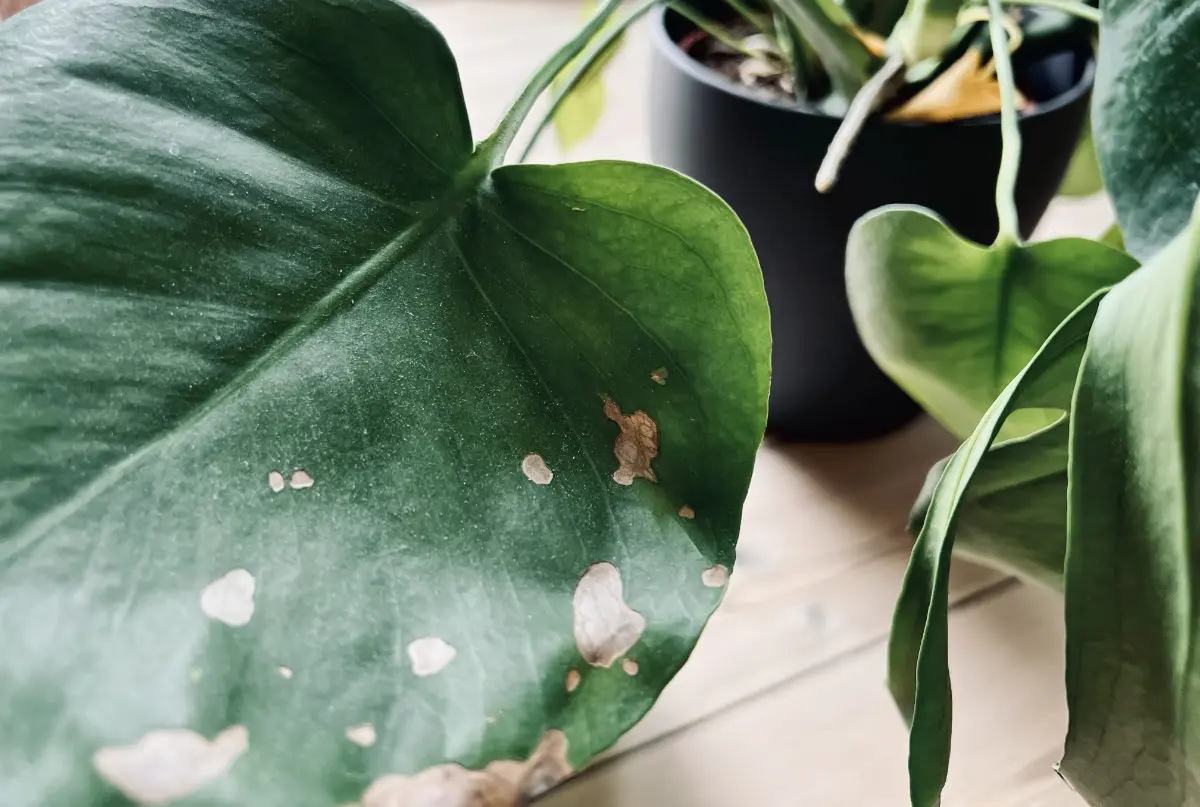A Step-by-Step Guide to Pruning Your Monstera to Perfection
Pruning your monstera plant is essential for its growth and health. Learn step-by-step instructions on how to properly prune your monstera to encourage new growth and maintain its shape.
By Tobias Holm
Embracing the jungle vibes in your home with a striking Monstera requires more than just a green thumb – it demands finesse in pruning. Welcome to our step-by-step guide on unlocking the full potential of your Monstera's beauty through expert pruning techniques. From understanding the intricate growth patterns to executing precise snips, we've got you covered for cultivating a lusher, more vibrant plant.
Whether you're a novice nurturing your first indoor garden or a seasoned plant enthusiast seeking to elevate your space, mastering the art of pruning is the key to unleashing your Monstera's radiance. Join us as we delve into the transformative power of pruning, equipping you with the knowledge and skills needed to sculpt your Monstera to perfection.
With our comprehensive guide tailored for both beginners and experienced plant parents, you'll discover the secrets to stimulating growth, remedying legginess, and creating a visually stunning Monstera masterpiece. Get ready to embark on a pruning journey that will elevate your indoor oasis to new heights.
Understanding the importance of pruning for Monstera plants
Pruning is not just about maintaining the aesthetics of your Monstera; it's also crucial for its overall health and vitality. By removing dead or overgrown parts, you allow the plant to focus its energy on new growth, ensuring a more vigorous and robust appearance. Pruning also helps prevent diseases by improving air circulation and reducing the risk of pest infestations. Understanding the role of pruning in the life cycle of your Monstera is essential for nurturing a thriving and flourishing plant.

When and how often to prune your Monstera
The timing of pruning is critical to the well-being of your Monstera. Generally, the best time to prune is during the plant's growing season, which typically extends from spring to early fall. Avoid pruning during the dormant winter months, as the plant's growth is minimal, and it may struggle to recover from the pruning stress.
As for the frequency, regular maintenance pruning can be done throughout the year to remove yellowing or damaged leaves and encourage new growth. However, more extensive pruning, such as shaping or training, should be done sparingly to prevent undue stress on the plant.
Essential tools for pruning your Monstera
To execute precise and effective pruning, you'll need the right tools at your disposal. A sharp pair of pruning shears is essential for making clean cuts without causing unnecessary damage to the plant. Additionally, having a pair of sterilized scissors for snipping smaller stems and leaves can help maintain the plant's overall health.
A clean, sharp blade ensures that the cuts are smooth, reducing the risk of introducing infections or causing jagged edges that could hinder the plant's healing process. Lastly, having a pair of gloves can protect your hands from any potential irritants or sap that the Monstera may produce during pruning.
Step-by-step guide to pruning your Monstera
- Assess the Plant: Start by closely examining your Monstera to identify areas that need pruning. Look for yellowing, damaged, or overcrowded leaves and stems that may be hindering the plant's growth.
- Prepare Your Tools: Ensure that your pruning shears and scissors are clean and sharp. Sterilize them with rubbing alcohol to minimize the risk of spreading infections to the plant.
- Make Precise Cuts: When pruning, aim to make clean cuts at a 45-degree angle just above a node or joint. This promotes new growth and prevents the cut from becoming a potential entry point for diseases.
- Remove Dead or Yellowing Leaves: Trim away any discolored or dying leaves, as they can drain the plant's energy and detract from its visual appeal.
- Address Overcrowding: If you notice densely packed foliage impeding airflow, selectively prune some of the excess growth to promote better circulation and light penetration.
- Encourage New Growth: To stimulate the growth of new leaves and branches, consider selectively pruning certain stems to redirect the plant's energy towards developing a fuller, more balanced appearance.
- Monitor the Healing Process: After pruning, keep a close eye on the plant's recovery. Ensure it's receiving appropriate light, water, and nutrients to support its regrowth and rejuvenation.
Common mistakes to avoid when pruning Monstera plants
While pruning is essential for maintaining the health and appearance of your Monstera, it's important to avoid common mistakes that could potentially harm the plant. One common error is over-pruning, which can shock the plant and inhibit its ability to photosynthesize effectively.
Another mistake is using dull or unsanitized tools, which can lead to ragged cuts and the spread of diseases. Additionally, neglecting to monitor the plant's response to pruning and adjust care accordingly can impede its recovery and subsequent growth. By being mindful of these potential pitfalls, you can ensure that your Monstera thrives after each pruning session.
Pruning for aesthetics: shaping and training your Monstera
Beyond basic maintenance, pruning can also be used to sculpt and shape your Monstera according to your aesthetic preferences. Whether you desire a fuller, bushier appearance or wish to encourage upward growth, strategic pruning can help you achieve your desired look.
By selectively trimming certain stems and encouraging new growth in specific areas, you can guide the plant's development to create a visually stunning and harmonious display. Training your Monstera to grow in a particular direction or form can add an artistic touch to your indoor jungle, elevating the overall ambiance of your space.
Tips for maintaining healthy growth post-pruning
After pruning your Monstera, it's crucial to provide the proper care to support its recovery and subsequent growth. Ensure that the plant is placed in an environment with adequate light, as this will fuel the development of new leaves and stems.
Additionally, maintain a consistent watering schedule, allowing the soil to dry out slightly between waterings to prevent root rot. Consider supplementing with a balanced fertilizer to replenish any nutrients that may have been utilized during the regrowth process. By nurturing your pruned Monstera with the right conditions, you can encourage lush, healthy growth that enhances the beauty of your space.
Propagation: Making the most of your pruned Monstera cuttings
One of the rewarding aspects of pruning your Monstera is the opportunity to propagate new plants from the cuttings. After making clean, precise cuts, you can place the cuttings in water or directly in soil to encourage the development of roots.
Once the roots have established, you can transfer the cuttings into individual pots, creating new Monstera plants to expand your indoor jungle or share with fellow plant enthusiasts. Propagation not only allows you to make the most of your pruned cuttings but also adds a delightful element of growth and renewal to your plant care routine.
Troubleshooting: Dealing with issues during and after pruning
Pruning, while beneficial, can sometimes present challenges that require careful attention and intervention. If you notice excessive wilting or browning of leaves after pruning, it may indicate that the plant is experiencing stress and needs adjustments in its care routine. Ensure that the Monstera is receiving adequate hydration and isn't exposed to direct sunlight immediately after pruning, as this can exacerbate stress.
Additionally, monitor the plant for signs of pests or diseases, especially in the areas that have been pruned, and take prompt action to address any issues that may arise. By proactively troubleshooting and addressing potential concerns, you can help your Monstera rebound from pruning with resilience and vitality.
Conclusion
Mastering the art of pruning is a transformative journey that empowers you to unleash the full beauty of your Monstera. By understanding the importance of pruning, acquiring the essential tools, and following our step-by-step guide, you can confidently shape and nurture your Monstera to perfection.
Whether you're seeking to maintain its health, enhance its aesthetics, or propagate new growth, the art of pruning offers endless possibilities for cultivating a thriving and visually captivating indoor jungle. Embrace the process, celebrate the rejuvenation, and revel in the lush, vibrant beauty of your pruned Monstera.
Let your home be transformed into an oasis of greenery and elegance, courtesy of your expert pruning prowess.



